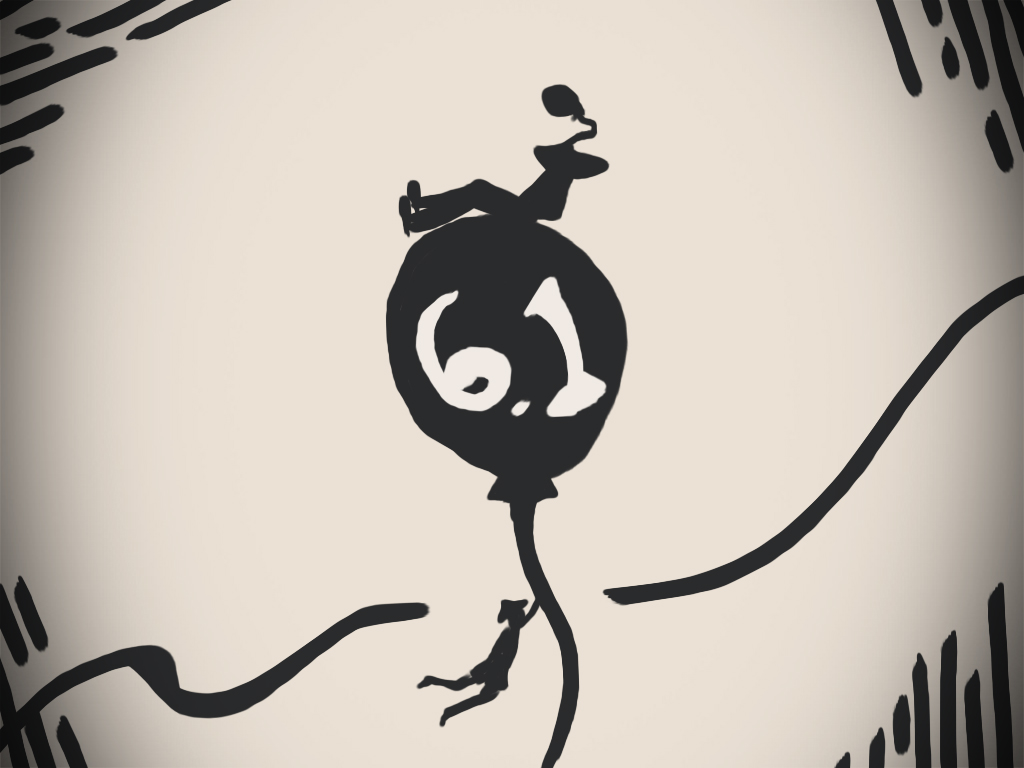This Week in Media (July 4 to 8, 2022)
Public awaits Marcos Jr.’s plan to revive economy
MORE BAD news hit Filipinos, who are already struggling with the high cost of living due to the oil crisis and inflation. The steady increase in the price of local sugar, the shortage of chickens and the disruption of water services in some areas have added to public misery.
President Marcos’ extension of free Edsa carousel bus rides until December stood out as the rare piece of good news, along with free rides on the MRT-3, LRT-2 and PNR lines for students who will resume classes in August.
The media reported the flurry of Marcos activities shortly after his inauguration. In his first press briefing on July 5, he questioned the rate of inflation for June issued by the Philippine Statistical Authority (PSA). CMFR cheered an article posted the same day on GMA News Online, which cited the PSA as standing by its assessment. It described the function and authority of the agency as a provider of statistics in all areas of life as a basis for government policies and action.
Journalists reported on the first Cabinet meeting held on July 5, during which Marcos discussed the economy, food supplies, transport and the resumption of face-to-face classes. The president told the media attending his briefing that they weren’t able to “cover everything” and that he plans to hold up to two Cabinet meetings weekly in the following weeks “until everything is clear to everybody.”
Facing enormous problems, newly elected officials and their appointees were involved in turnover ceremonies to complete the transition from Rodrigo Duterte to Marcos Jr. In Congress, Senators and Representatives began to file priority bills. News accounts reported the assignment of chairs in the different committees, and mentioned Sen. Imee Marcos who now chairs four Senate committees.
In a briefing on July 6, Finance Secretary Benjamin Diokno told the media that the Marcos administration has drawn up a six-year economic plan to increase growth and reduce poverty incidence. However, Diokno said he could not disclose further details of this “Medium-Term Fiscal Framework” as the president plans to discuss it in his first State of the Nation Address. Reports did not include the small comfort this plan holds for those already suffering from the massive depreciation of their buying power, as well as the disruption caused by the pandemic and Duterte’s lockdowns.
Media also reported that Marcos had met with officials of the Department of Health, PhilHealth and some members of the IATF to discuss ways to boost the vaccination rate. Reports added that the meeting happened without a new Health chief. The reported increase in genome-sequenced Omicron subvariant cases this week should be reason enough to expedite the appointment, since the new administration is keen on resuming and expanding face-to-face activities.
News accounts also reported Marcos Jr.’s first orders as chief executive: he vetoed the Bulacan Ecozone bill because of some of its provisions; he abolished the Presidential Anti-Corruption Commission (PACC) that former President Duterte created, as well as the Office of the Cabinet Secretary; and he reverted the Presidential Communications Operations Office (PCOO) to the Office of the Press Secretary.
Rappler provided a brief and concise summary of the reorganization in the Palace and the responsibilities of the relevant agencies. Meanwhile, Prof. Tony La Viña told CNN Philippines’ New Day that abolishing PACC was a good decision as there were other mechanisms to investigate corruption anyway.
Other Cheers
CMFR also cheered this week Rappler’s compilation of reports on Duterte’s “drug war,” stressing the need to keep the number of killings on record; the fact-checking of Marcos’ inaugural address that was quickly done by several media organizations; MindaNews’noting the scant attention given by Marcos to Mindanao peace issues; and ABS-CBN’s timeline of the Marcoses’ political strategy in returning to Malacañang.
CMFR’s context piece “Understanding alternative media and their purpose” discussed the value of having such news organizations in the Philippine media landscape. The article also provided the history of Bulatlat and Pinoy Weekly, and the kind of stories they report. The two news sites have been consistently red-tagged and were included among the websites ordered blocked by the NTC.

Leave a Reply